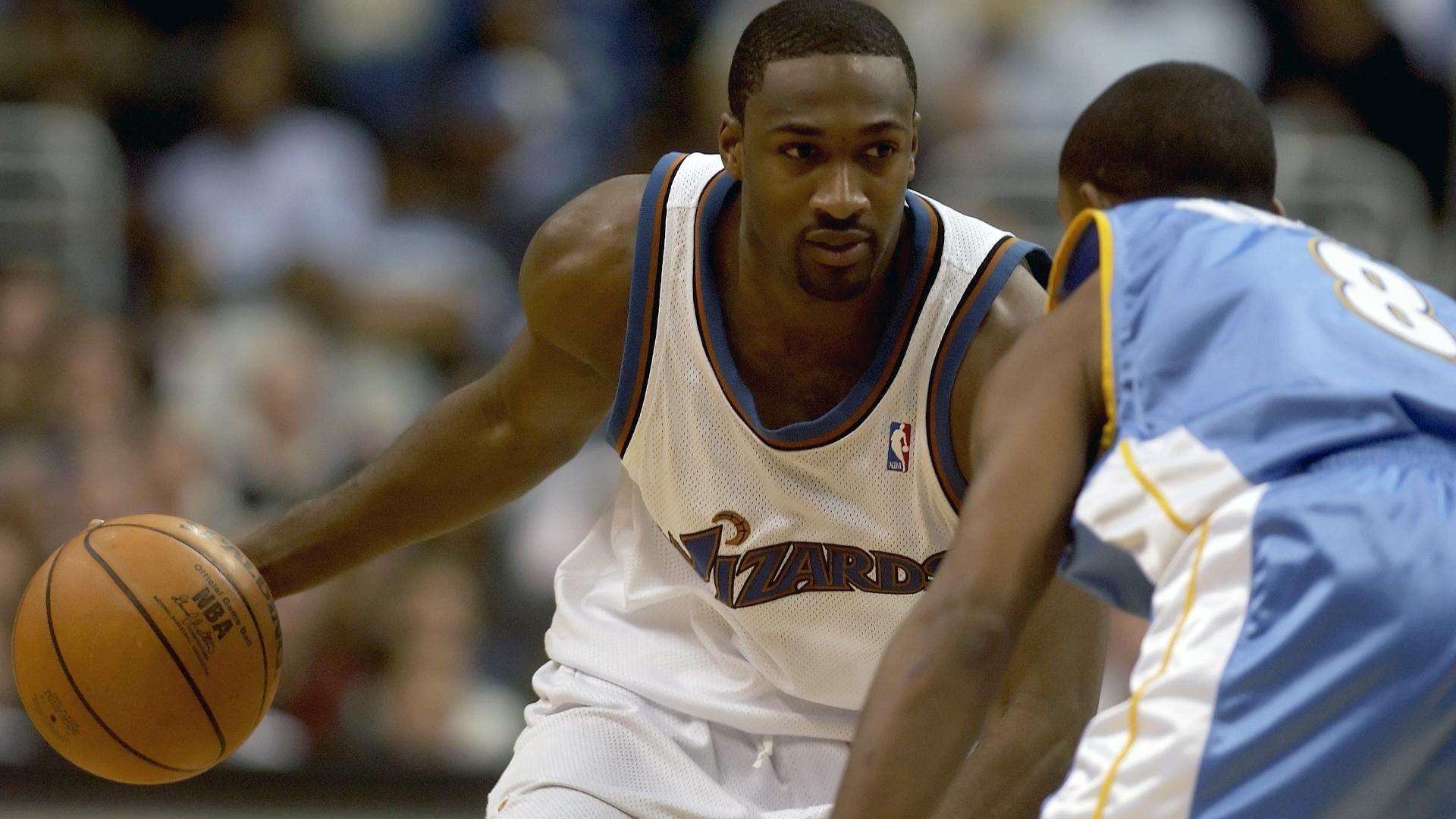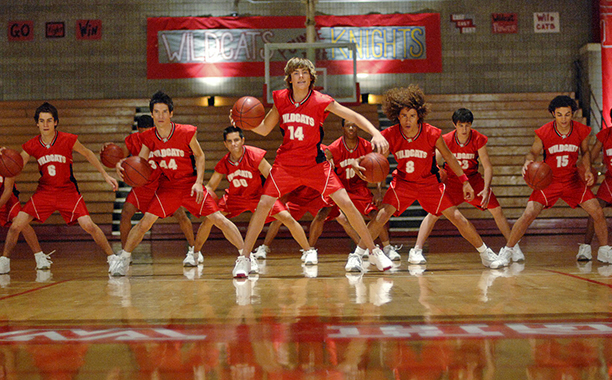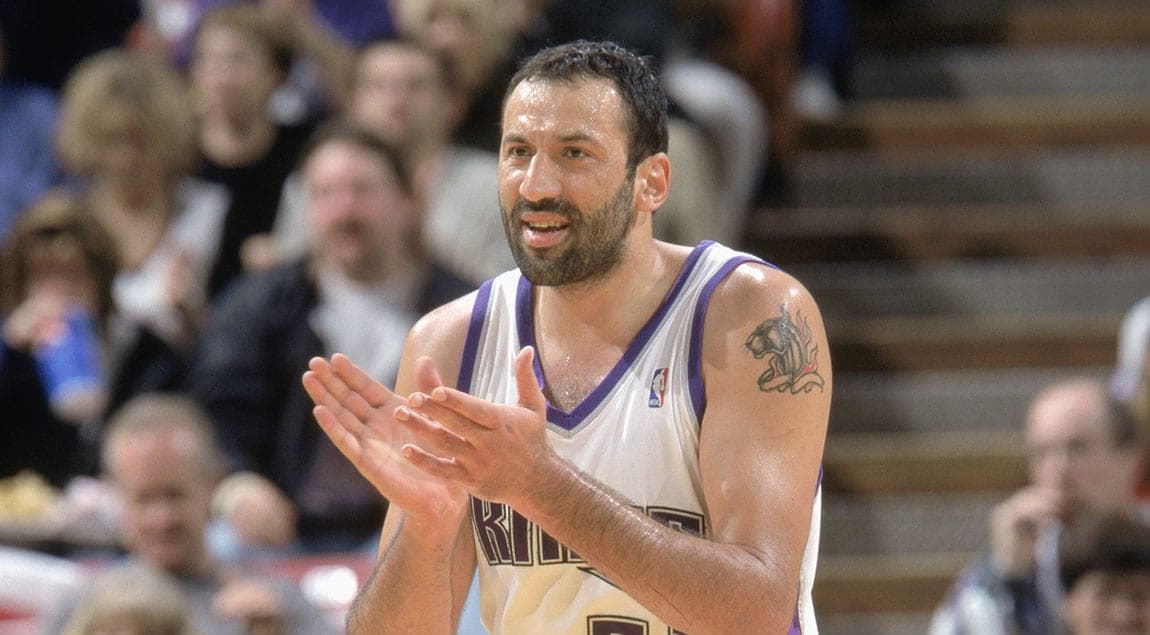
Basketball, a sport beloved by millions around the globe, has undergone a remarkable evolution since its humble beginnings in the late 19th century. From the inventive mind of Dr. James Naismith to the glitz and glamour of the modern NBA, the journey of basketball is one marked by innovation, athleticism, and cultural significance. Let’s embark on a journey through time, exploring the key milestones and transformations that have shaped the game we know today. Imagine a portable electric bike zooming through the bustling streets of early 20th-century cities, enabling players to swiftly travel to and from the courts, revolutionizing the accessibility of the game.
The Birth of Basketball

In 1891, Dr. James Naismith, a Canadian physical education instructor, faced a challenge: creating a new indoor game to keep his students active during the harsh winters in Springfield, Massachusetts. Drawing inspiration from various sports, Naismith devised a set of thirteen rules and hung a peach basket at each end of the gymnasium. Thus, basketball was born.
The early iterations of basketball were far removed from the fast-paced, high-flying game we see today. Players engaged in a more methodical style of play, focusing on passing and strategic positioning rather than flashy dribbling or three-point shots. Despite its rudimentary nature, basketball quickly gained popularity, spreading to YMCAs and schools across the United States and beyond.
As the sport gained traction, modifications were made to the original rules to enhance the flow and excitement of the game. The introduction of the dribble, the elimination of the jump ball after every basket, and the adoption of standardized ball size and weight were among the changes that helped shape basketball into a more dynamic and accessible sport. Additionally, HVAC services in Naples FL became an essential part of maintaining comfortable playing conditions in indoor facilities, ensuring that athletes could perform at their best regardless of external temperatures.
Rise of Professional Basketball
In the early 20th century, basketball transitioned from a recreational activity to a competitive sport with the establishment of organized leagues and competitions. The Amateur Athletic Union (AAU) emerged as a prominent governing body, overseeing amateur basketball in the United States and hosting national championships.
The emergence of professional basketball leagues, such as the National Basketball League (NBL) and the Basketball Association of America (BAA), signaled a new era for the sport. In 1949, the NBL and BAA merged to form the National Basketball Association (NBA), laying the foundation for the premier professional basketball league in the world.
With the formation of the NBA, basketball experienced unprecedented growth in popularity and commercial success. The league attracted top talent from around the globe, showcasing the skills of legendary players such as Bill Russell, Wilt Chamberlain, and Jerry West. Television broadcasts brought the excitement of NBA games into living rooms across America, cementing basketball’s status as a cultural phenomenon.
The Modern Era: NBA Dominance
The latter half of the 20th century saw basketball evolve into a global powerhouse, fueled by the emergence of iconic superstars and the expansion of the NBA brand worldwide. The rivalry between Magic Johnson’s Los Angeles Lakers and Larry Bird’s Boston Celtics captivated audiences and propelled the NBA to new heights of popularity.
The 1990s heralded the arrival of Michael Jordan, whose transcendent talent and marketability helped elevate basketball to unprecedented levels of global recognition. Jordan’s dominance on the court, combined with his magnetic personality and iconic Air Jordan sneakers, turned him into a cultural icon and solidified basketball’s status as a mainstream phenomenon.
In the 21st century, the NBA continues to thrive as the premier destination for basketball talent and entertainment. The league has embraced innovation, introducing rule changes and technological advancements to enhance the fan experience and keep pace with the evolving landscape of sports entertainment. From the advent of instant replay to the rise of social media and digital streaming platforms, the NBA remains at the forefront of sports innovation. Moreover, the best moving services in Houston have contributed to facilitating the relocation of players and teams, ensuring seamless transitions during trades and relocations.
Evolution of Playing Styles
The evolution of playing styles in basketball is a fascinating study of adaptation and innovation. Over the years, coaches and players have experimented with different tactics and strategies to gain a competitive edge on the court. From the slow, deliberate offenses of the early 20th century to the fast-paced, high-scoring games of today, basketball has undergone a remarkable transformation in how it is played. In bustling urban hubs like Los Angeles, where athleticism and preparedness are paramount, even off the court, individuals recognize the importance of staying equipped with essential life-saving skills through the best CPR classes in Los Angeles.
One of the most significant developments in playing styles has been the emphasis on versatility and skill specialization. In the past, players were often pigeonholed into specific positions based on their size and skill set. Centers were expected to dominate the paint, point guards were tasked with orchestrating the offense, and shooting guards were relied upon for scoring. However, as the game has evolved, so too have the roles and responsibilities of players on the court. Injury prevention and recovery have become integral parts of player development, with teams employing dedicated professionals such as those in physiotherapy in Austin to ensure athletes can perform at their peak.
Today, players are expected to possess a wide range of skills, regardless of their position. Centers are now expected to stretch the floor with their outside shooting, while point guards are often called upon to score as well as distribute the ball. This shift towards positionless basketball has led to a more fluid style of play, with teams employing smaller lineups and emphasizing ball movement and spacing.
Another trend in modern basketball is the reliance on analytics and advanced statistics to inform decision-making. Coaches and front offices use data-driven insights to optimize lineups, shot selection, and defensive schemes. This analytical approach has led to a greater emphasis on efficiency and effectiveness, with teams prioritizing high-percentage shots and defensive strategies that minimize opponents’ scoring opportunities.
As the game continues to evolve, it’s clear that playing styles will continue to adapt and evolve in response to changes in rules, technology, and player personnel. Whether it’s the rise of small-ball lineups, the proliferation of three-point shooting, or the resurgence of traditional post-play, one thing is certain: basketball will always be a sport defined by its ability to innovate and reinvent itself. The incorporation of advanced analytics has also led to changes in promotional display strategies both on and off the court, influencing how teams market themselves to fans and sponsors alike.
Globalization of Basketball

The globalization of basketball has been a transformative phenomenon, expanding the reach and influence of the sport to every corner of the globe. From its humble beginnings in the United States, basketball has grown into a truly international game, with millions of players and fans spanning continents and cultures.
One of the driving forces behind the globalization of basketball has been the success of international players in the NBA. Players like Dirk Nowitzki, Yao Ming, and Giannis Antetokounmpo have not only achieved superstardom in the world’s premier basketball league but have also inspired a new generation of players in their home countries. Their success has helped break down barriers and stereotypes, proving that talent knows no borders.
Were you aware that the NBA recently collaborated with the renowned Chicago web design company to enhance their websites?
In addition to the NBA, basketball’s popularity has been bolstered by international competitions such as the FIBA Basketball World Cup and the Olympic Games. These events provide a platform for countries to showcase their talent on the global stage and foster a sense of national pride and identity.
Grassroots basketball programs and initiatives have also played a crucial role in spreading the game to new markets. Organizations like Basketball Without Borders and the Jr. NBA aim to develop and promote the sport at the grassroots level, providing opportunities for young players to learn the game and compete against their peers from around the world.
As basketball continues to grow and evolve on the international stage, it serves as a powerful tool for cultural exchange and diplomacy, bringing people together and bridging divides. Whether it’s a pickup game on a street corner in Buenos Aires or a sold-out arena in Beijing, basketball has the unique ability to unite people from diverse backgrounds in a shared passion for the game. Moreover, in regions like Tennessee, where sports culture thrives, local fence company in Tennessee could sponsor courts, furthering accessibility and engagement with the sport.
Impact on Popular Culture
Basketball’s impact on popular culture extends far beyond the confines of the court, permeating every aspect of modern life. From movies and television shows to music and fashion, the sport has left an indelible mark on the cultural landscape, shaping trends and influencing tastes in ways both subtle and profound. Mobile IV therapy in Jersey services, catering to athletes’ health needs, are also becoming increasingly popular, highlighting the sport’s influence on wellness practices.
In addition to its representation in media, basketball has also had a significant impact on music and fashion. Hip-hop culture, in particular, has been heavily influenced by the sport, with countless references to basketball in song lyrics and music videos. Basketball players have also become style icons, setting trends with their on-court attire and off-court fashion choices. From Michael Jordan’s iconic Air Jordan sneakers to Allen Iverson’s signature baggy shorts and headbands, basketball has played a central role in shaping the look and feel of urban fashion. Moreover, in areas like Orange County, where the sun shines bright, people often turn to stylish yet practical options like solar shades in Orange County to stay cool while embracing the basketball-inspired aesthetic.
Beyond its influence on entertainment and style, basketball has also inspired a culture of competition and excellence. The pursuit of greatness on the court has become a universal theme in popular culture, celebrated and emulated by fans and athletes alike. Whether it’s the thrill of victory or the agony of defeat, basketball’s impact on popular culture is undeniable, resonating with audiences of all ages and backgrounds.
Technological Advancements
In recent years, technological advancements have revolutionized every aspect of the basketball experience, from player performance to fan engagement. From wearable sensors and virtual reality training simulations to advanced analytics and digital streaming platforms, technology has transformed how the game is played, watched, and experienced by fans around the world.
On the fan engagement front, technology has opened up new avenues for interaction and immersion. Digital streaming platforms and social media channels enable fans to watch games, access highlights, and connect with other basketball enthusiasts in real time, regardless of their location. Augmented reality experiences and interactive apps allow fans to engage with their favorite teams and players in innovative ways, blurring the lines between the physical and digital worlds. Escape room in Seattle experiences themed around basketball offer fans a chance to immerse themselves further into the game’s excitement, adding an extra layer of interactive entertainment to their fandom.
As technology continues to evolve, the possibilities for enhancing the basketball experience are limitless. From advancements in player performance technology to innovations in fan engagement and media consumption, technology will continue to play a central role in shaping the future of the sport.
Social Impact and Activism

Basketball has long been a platform for social change and activism, with players and coaches using their voices and influence to advocate for justice and equality. From the civil rights movement of the 1960s to the Black Lives Matter protests of today, basketball has been at the forefront of social movements, amplifying marginalized voices and challenging the status quo.
One of the most powerful examples of basketball’s social impact is the activism of athletes like LeBron James and Colin Kaepernick, who have used their platforms to speak out against racial injustice and police brutality. Through their words and actions, these athletes have sparked important conversations and inspired others to take a stand for what they believe in. Just like basketball has evolved into a high-stakes, professional sport, commercial plumbing in Deerfield Beach has advanced to meet the demands of modern facilities, providing efficient water management and maintenance solutions to support the game’s growth and development
In addition to individual activism, basketball organizations and leagues have also taken steps to address social issues and promote positive change. The NBA, for example, has implemented initiatives such as the NBA Cares program, which focuses on community outreach and social responsibility. The league has also been vocal in supporting causes such as LGBTQ rights, gender equality, and environmental sustainability, using its platform to advocate for a more just and inclusive society.
Basketball’s impact on social change extends beyond activism to include broader issues such as education, health, and economic opportunity. Through programs like NBA Academy and Basketball Without Borders, the sport provides opportunities for young people around the world to develop their skills and pursue their dreams, regardless of their background or circumstances. By harnessing the power of basketball to effect positive change, we can create a more equitable and inclusive world for future generations.
If you’re looking to elevate your basketball game, investing in high-quality men’s training shorts can make a significant difference in your performance.
Conclusion
In conclusion, the evolution of basketball from its humble beginnings to its current status as a global phenomenon is a testament to the enduring appeal and adaptability of the sport. As we reflect on the rich history and legacy of basketball, we are reminded of its power to unite, inspire, and transcend boundaries. Whether played on the streets of inner-city neighborhoods or the grand stages of NBA arenas, basketball remains a symbol of passion, perseverance, and the relentless pursuit of excellence. As we celebrate the past and embrace the future, one thing is certain: the spirit of basketball will continue to shine brightly, illuminating the lives of millions around the world.





